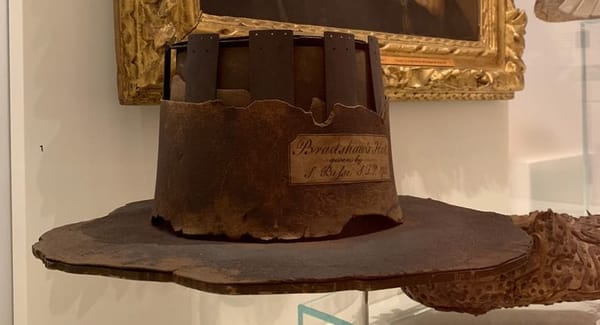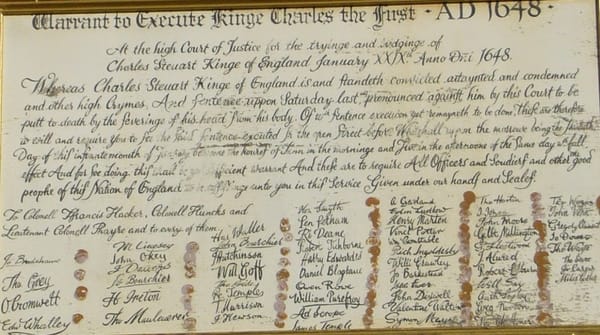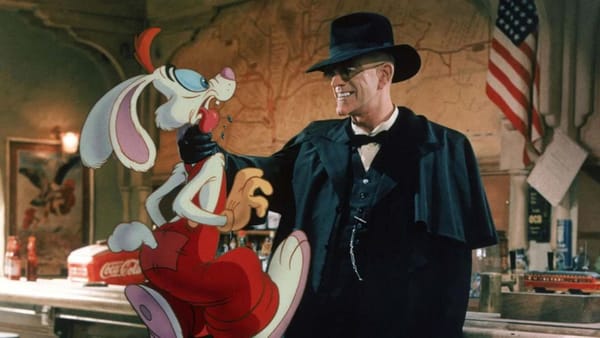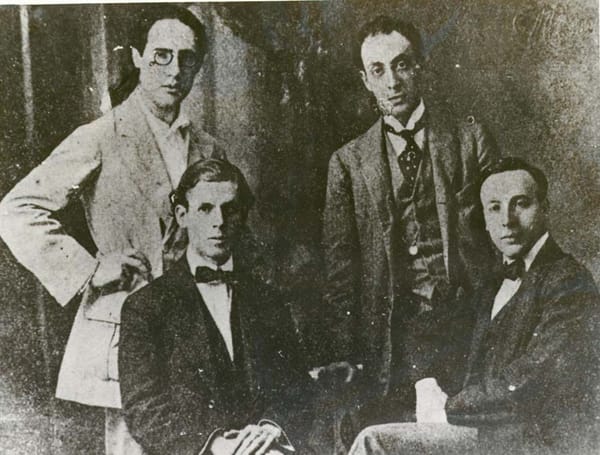The Diss That Made A Heartbroken Beethoven Invent A Masterpiece (As Revenge)
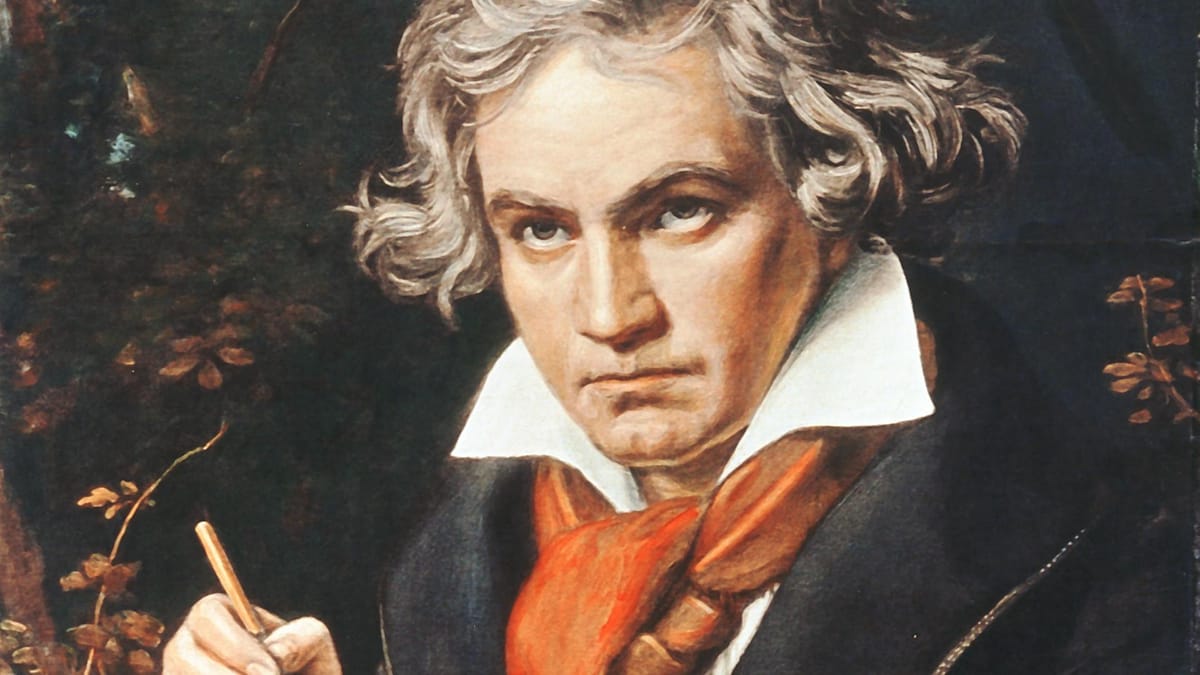
Classical music has always had its rivalries, but few shaped history like the silent feud between Joseph Haydn and his student, Ludwig van Beethoven.
Haydn was the godfather of symphonies — elegant, witty, perfectly balanced. Beethoven was the angry comet hurtling straight at him.
Their relationship started as teacher and protégé. It ended as the blueprint for every artist who ever decided to torch their idols.
The Good Student Who Refused to Behave
In the 1790s, Beethoven moved to Vienna to study with Haydn, already Europe’s most famous composer.
At first, it sounded like a dream pairing: the seasoned master and the ambitious young genius.
It lasted about five minutes.
Beethoven didn’t want to sound like anyone else — least of all his teacher.
When Haydn gave him corrections, Beethoven ignored them.
When Haydn bragged about him, Beethoven accused him of taking credit for his work.
Their lessons became a Cold War of counterpoint and pride.
One day, Beethoven showed Haydn his new piece, The Creatures of Prometheus.
Haydn, unimpressed, reportedly muttered that Beethoven should “stick to his violin.”
Beethoven went home furious and started composing with vengeance.
The result? The Eroica Symphony — a bomb detonated under classical form.
Prometheus, Patron Saint of Middle Fingers
Beethoven loved Greek myth, and Prometheus — the Titan who stole fire from the gods — became his spiritual mascot.
That fire was art. The gods were his teachers. The punishment was worth it.
In Beethoven’s world, the artist wasn’t a servant of the court or the church anymore. He was a free agent, fueled by defiance.
Haydn wrote music to please patrons.
Beethoven wrote music to survive himself.
The difference is why Haydn’s music is “brilliant” and Beethoven’s feels like thunder.
The Moment Music Went Off Script
Before Beethoven, composers were craftsmen — respected, but replaceable.
After him, they were prophets.
The Eroica Symphony didn’t just stretch the form; it broke it, redefined it, and forced the audience to catch up.
It was loud, long, emotional, and unapologetically self-centered — the first truly modern piece of art.
Haydn admired it but couldn’t quite understand it.
Beethoven, in turn, called him “too gentle” for the world that was coming.
He was right. The 19th century was built for noise, not manners.
From Reverence to Rebellion
Their rivalry wasn’t hatred — it was evolution.
Every generation needs to murder its master, and Beethoven did it in four movements and 180 bars of defiance.
He didn’t just rewrite music. He rewrote what it meant to be an artist.
Before Beethoven, composers waited for permission.
After Beethoven, they demanded an audience.
Prometheus didn’t just steal fire — he sold tickets.
Editorial Note:
This article was drafted with assistance from AI (text generation and outlining). All facts, structure, and final wording were reviewed and approved by the author. Learn more.


